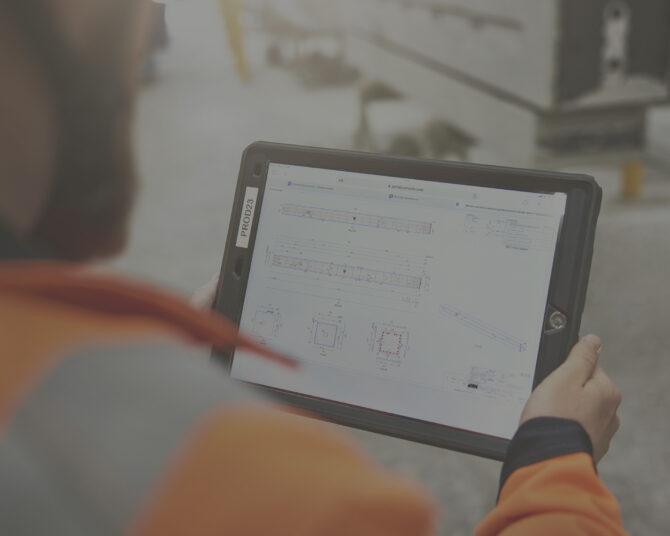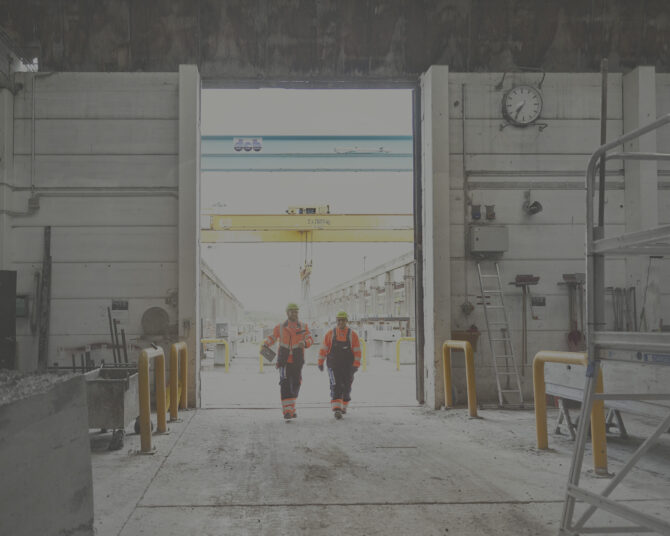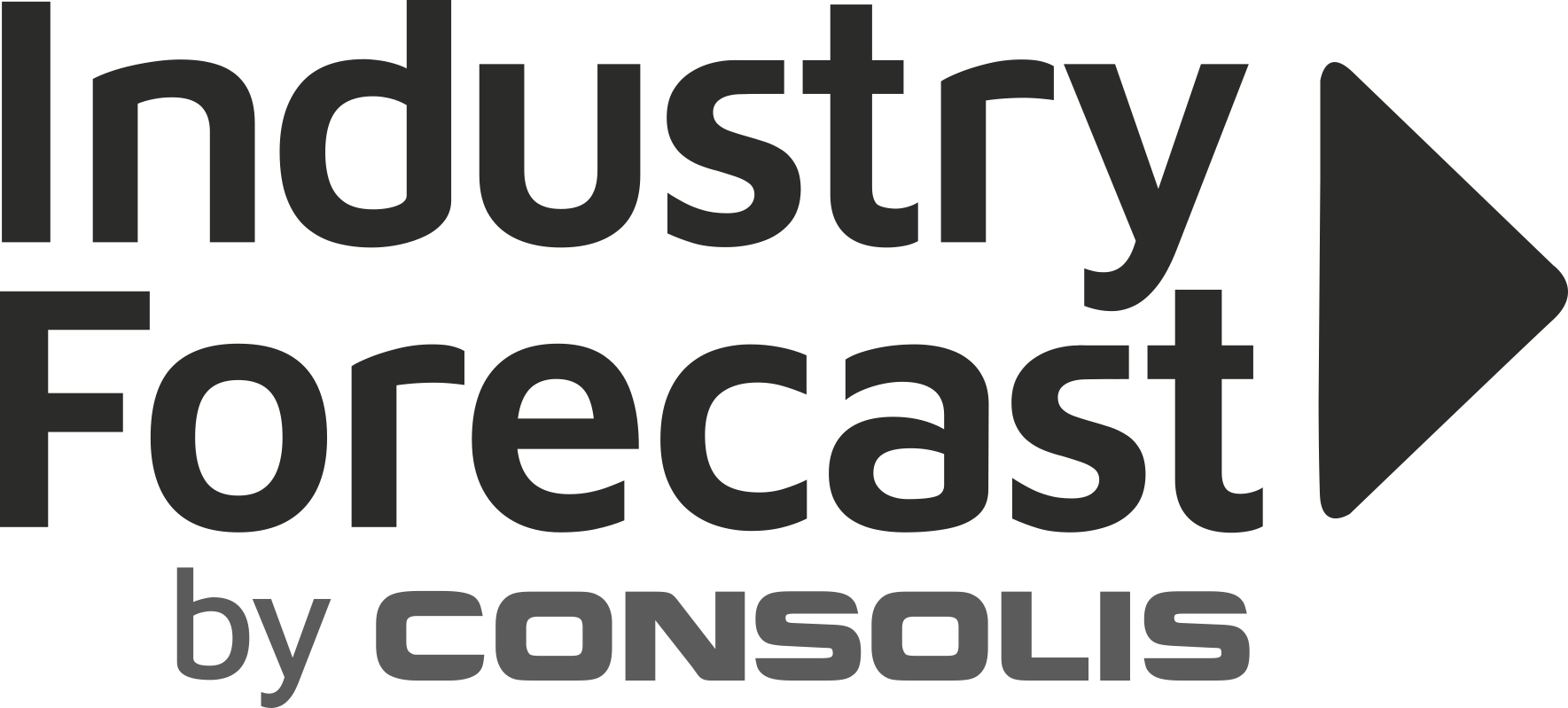The construction industry is facing a pivotal moment. As climate change accelerates and resource efficiency becomes increasingly important, sustainability is no longer optional but essential. Across Europe, new regulations, shifting customer demands, and technological advancements are driving change. But how is the industry adapting, and what challenges remain?
Tomas Plauška, Group Sustainability Manager at Consolis, responsible for developing and implementing Consolis’ sustainability strategy, shares his insights about the trends shaping the sector’s future and the requirements that will be placed on tomorrow’s building materials.
“Although current geopolitical issues influence how resources and attention are allocated, sustainability remains a critical global priority. The demand for sustainable construction will continue to grow in the coming years, driven by increased awareness of climate change, stricter laws and regulations, and higher customer expectations”, says Tomas Plauška.
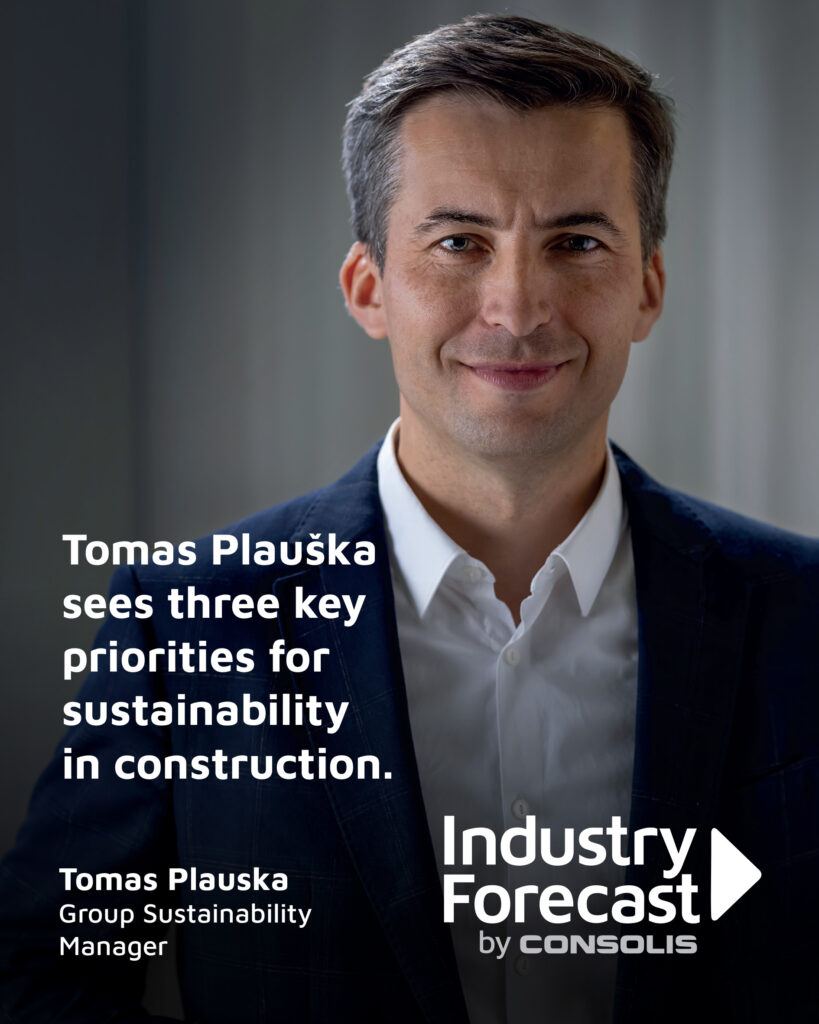
Reducing carbon emissions and increasing efficiency are key priorities
Among the many pressing sustainability-related issues the construction industry is facing, three stand out, according to Tomas Plauška:
- Reducing carbon emissions. Concrete is the world’s most widely used building material, with an estimated annual demand of 33 billion tons. This has a significant impact on global emissions. In the coming years, prioritizing low-carbon solutions and material innovation will be key.
- Optimizing material and energy efficiency. Using less material, and only where it’s needed, is crucial. Smarter, more streamlined manufacturing can significantly reduce resource use and energy demand. Precast concrete offers major benefits here, as it’s made in a controlled factory environment helps streamline manufacturing and reduces costs.
- Developing new materials and more circular designs. Incorporating materials with less carbon impact, more recycled and secondary materials, renewable energy, and circular design solutions will also be key focus areas. However, it’s important to ensure that the focus on efficiency and low-carbon solutions doesn’t compromise the long-term durability, resilience, and lifespan of buildings.
Smart design, circular economy, and collaboration: the path forward
To meet growing expectations, Tomas Plauška emphasises the need to be innovative and think in new ways.
“A key shift is moving toward both low-carbon and more circular approaches. The industry must cut waste and increase the use of reused materials and components from existing buildings. With smart design from the start, we can make reuse easier and more efficient”, says Tomas Plauška.
Another important priority is to increase collaboration across the entire value chain involving designers and architects, suppliers, contractors, real estate developers, and policymakers.
“No one can do everything alone; we need to work together to reach net zero. Consolis, with its extensive network and expertise, plays an important role in driving these collaborations”, says Plauska.


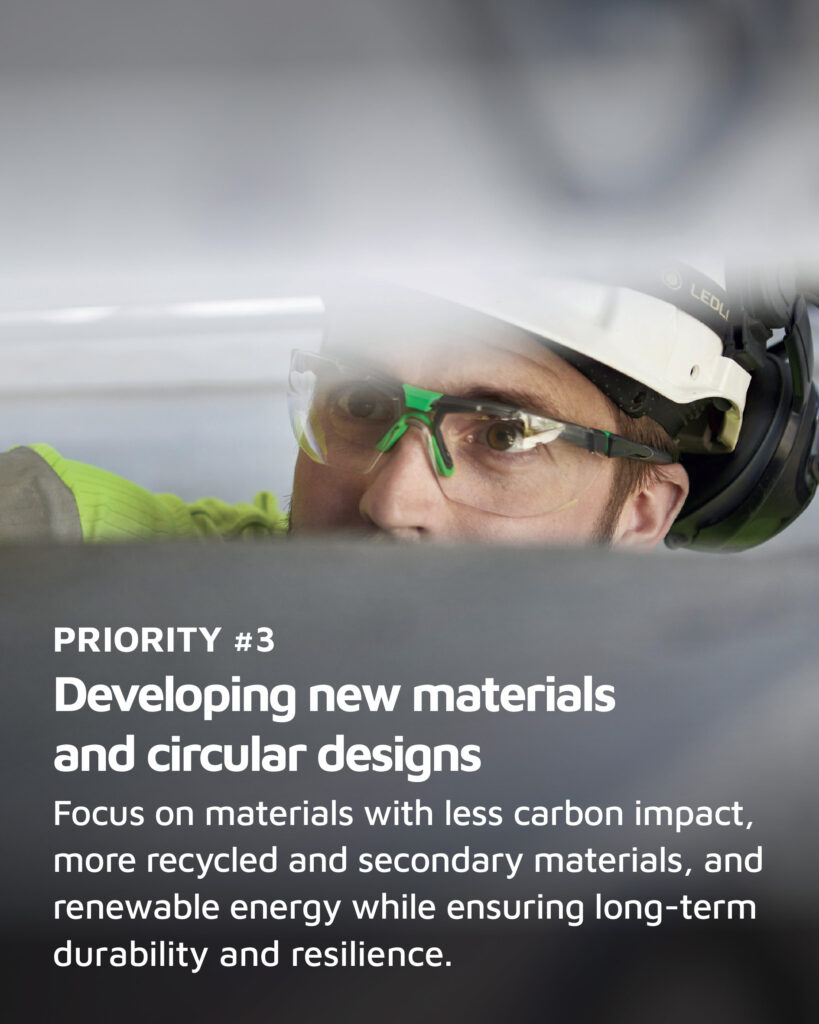
Accelerating innovation
As sustainability becomes an increasingly urgent issue, the industry must quickly move from pilots to real projects at scale. Establishing effective ways to evaluate different technologies and solutions based on both their sustainability potential and economic viability will be key.
“In this regard, Consolis has a significant strength. With our nearly 50 controlled production facilities, we serve as an ideal testbed for innovative new materials, methods, and technologies. We can simultaneously test and refine various sustainability solutions in real-world conditions”, says Tomas Plauška.
The building material of tomorrow
As sustainability expectations rise, so does the ambition to achieve even higher structural performance. We are already seeing the consequences of climate change, and extreme weather, such as increasing floods, droughts, heatwaves, fires, and storms, will become more common.
“As climate change brings more extreme weather, we need solutions that help us adapt. Precast concrete meets these demands – it is durable, resilient, versatile, water and fireproof, improves indoor comfort, is resource-efficient, and has a relatively low climate impact.”, says Tomas Plauška.
The road ahead
The sustainable transformation of the construction industry is already underway, but its pace will depend on continued innovation, regulation, and collaboration.
“Those who embrace change, and act with deeds, not just words, will not only reduce their environmental impact but also strengthen their long-term competitiveness,” concludes Tomas Plauška.
About Tomas Plauška
Tomas Plauška, Sustainability Manager at Consolis, is a seasoned expert in integrating sustainability across the organization. With over 20 years at Consolis, he plays a key role in shaping and implementing the company’s sustainability strategy, driving data reporting, setting science-based targets, and engaging both internal and external stakeholders. Tomas also leads the Sustainability Managers Network and Committee, fostering awareness and progress on environmental goals.
